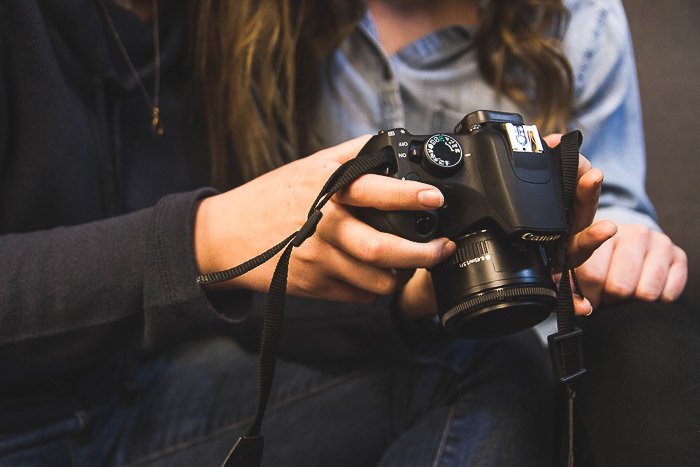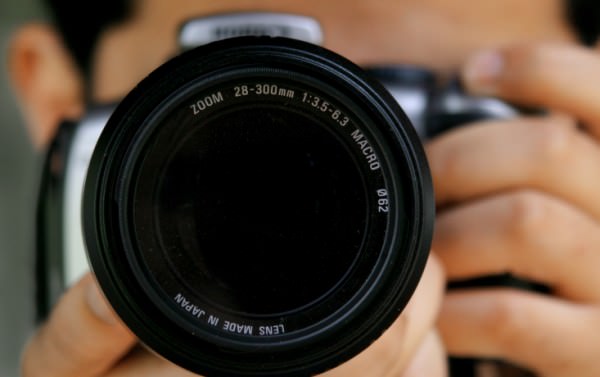WHAT YOU NEED TO KNOW FOR SUCCESSFUL PHOTOGRAPHY
WHAT YOU NEED TO KNOW FOR SUCCESSFUL PHOTOGRAPHY IN A RESTAURANT
If you want to be a food photographer, you’ll probably start your career as a restaurant photographer, which is how most food photographers start. Restaurants have smaller budgets, so they are open to newcomers.
However, photographing for restaurants is not easy. You not only have to be able to shoot food, but also interiors, portraits of the chef and other employees. Photographing in a restaurant can be a very time consuming process, you need to know a lot of details to make sure you don’t get burned by this particular type of shooting and professional photographer Darina Kopcok has some tips to share.
Coordinate the list of photos
Before you can rate a potential client, you need to know what you’ll be photographing in order to calculate how long the shoot will take. For example, a drink might take longer to shoot than a plate of food, as reflections in the glass need to be controlled, among other things.

You should base your estimates on the scope of the project. If you can’t calculate how long a shoot will take, you won’t be able to price your services accordingly. Find out as much detail as possible about how many images of food, how many drinks, etc. will be required.
Some restaurants may want you to use your own surfaces, utensils, fabrics, etc. for a more magazine feel. Keep in mind that such a shoot will take more time than photographing dishes on tables in a restaurant.
Explore the location and the light
Check the location ahead of time so you know what you’ll be facing in terms of lighting. You also need to figure out where to set up your equipment and workspace. This must be done with the consent of the manager or owner of the establishment.
Discuss food style
When shooting in restaurants, make it clear from the outset that you are not a food stylist and therefore are not responsible for how the food itself looks. Food design is a different matter. It requires a separate set of skills not related to photography. Your job is lighting and image capture.
Of course, you should always be aware of side dishes and stuff, and in general, make sure the food looks as photogenic as possible. Darina Copcok, for example, sent back to the kitchen a sloppy-looking hamburger or two.
The thing is, customers need to make sure their chef is up to the task. Otherwise, they should hire a stylist to help. However, the services of a food stylist can be expensive and therefore not feasible on a limited budget. If the client does not intend to hire him, he should be aware that the responsibility for the appearance of the food on the plate ultimately falls on them. Make sure you include this in your contract. You’re signing a contract, right?
Bring a food display kit and basic props
Even though you won’t be handling the food arrangement, you should still carry a basic food presentation and styling kit with you. It includes items such as tweezers, cotton swabs, and small brushes to tame the garnish or remove unwanted crumbs and drips from the plate. You have to do the best job you’ve been given.
It’s a good idea to come prepared with some props just in case. Bring pieces of cloth in various shapes, sizes, and colors, and maybe some pretty cutlery. Sometimes clients want their tables, cutlery and plates to be filmed the way patrons see them, but many of them consider a branding direction that requires a specific look and feel.
For example, when Copcok’s clients wanted her to create dark photographs for them, Darina used small dark dishes and vintage cutlery – the opposite of the large white dishes in most restaurants.
Use a tripod
If you’re only shooting in natural light, be aware that most restaurants will be too dark for food photography. You will need to shoot near a window and use a tripod to lower your shutter speed and increase the exposure. However, this won’t work for photographing people as they will be blurry at slow shutter speeds.

If the images will only be published on the Internet and social networks, you can check the ISO and remove noise from the images in post-processing. As Darina explores a location, she takes a few test shots and see how they look in Lightroom before making lighting decisions.
Shoot horizontally
Talk to the client about how they would like the pictures to be taken. Most restaurants only need images for their website. And interactive web design often requires images to be shot in landscape orientation.
If the customer will be printing some of the images in the restaurant menu, this may require vertical format (and higher resolution). Be sure to discuss image orientation with the client. Keep in mind that if the customer wants both options, you may need twice as long to shoot the images, as not only will the camera need to be set up, but the composition will need to be recomposed for each image.
Shoot on a wire
Darina Copcok always connects her camera to her laptop so that the client can view the captured images. This shooting process allows you to see a clearer and more accurate image of the image than on the screen on the back of the camera. You can use Lightroom or Capture One Pro.
